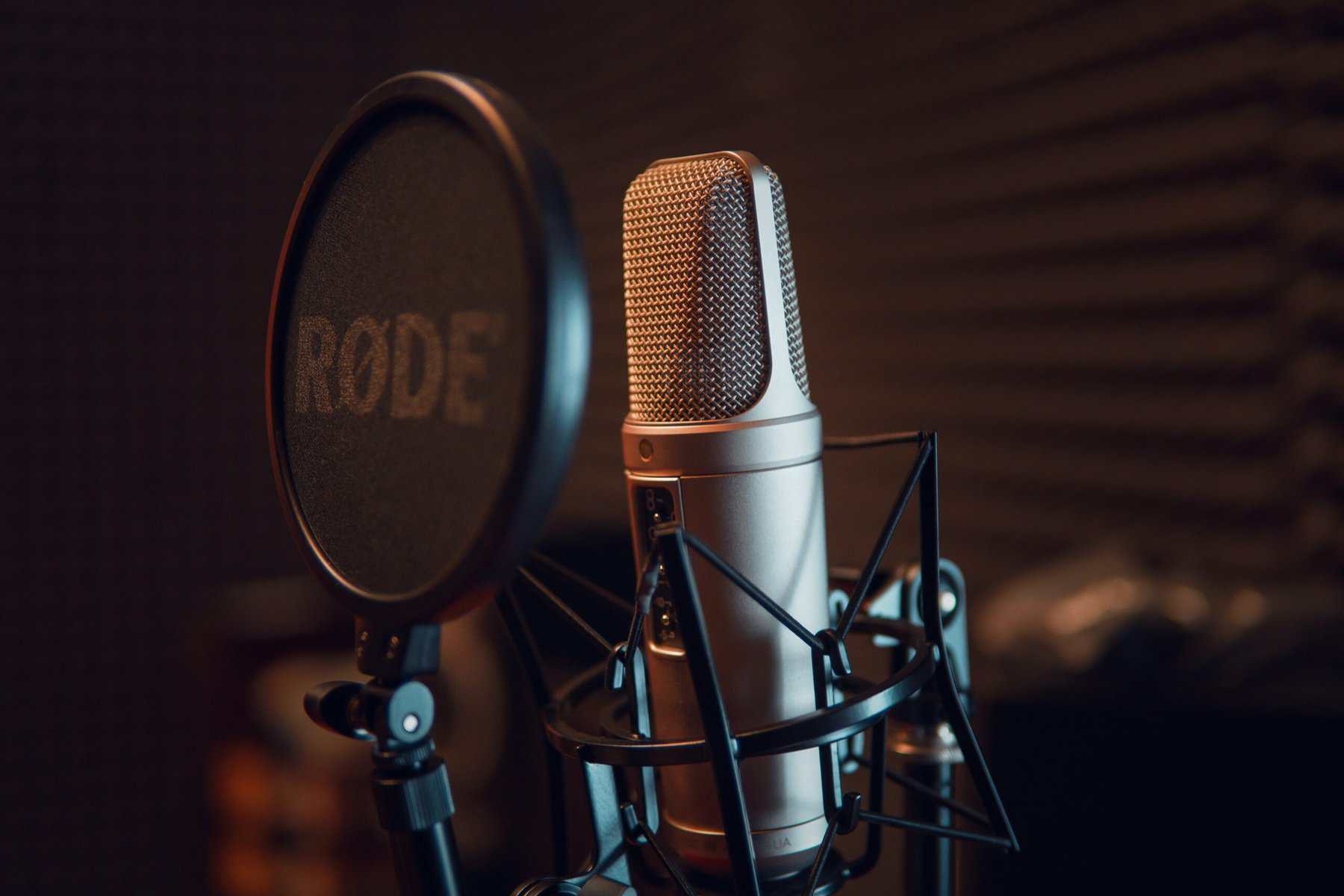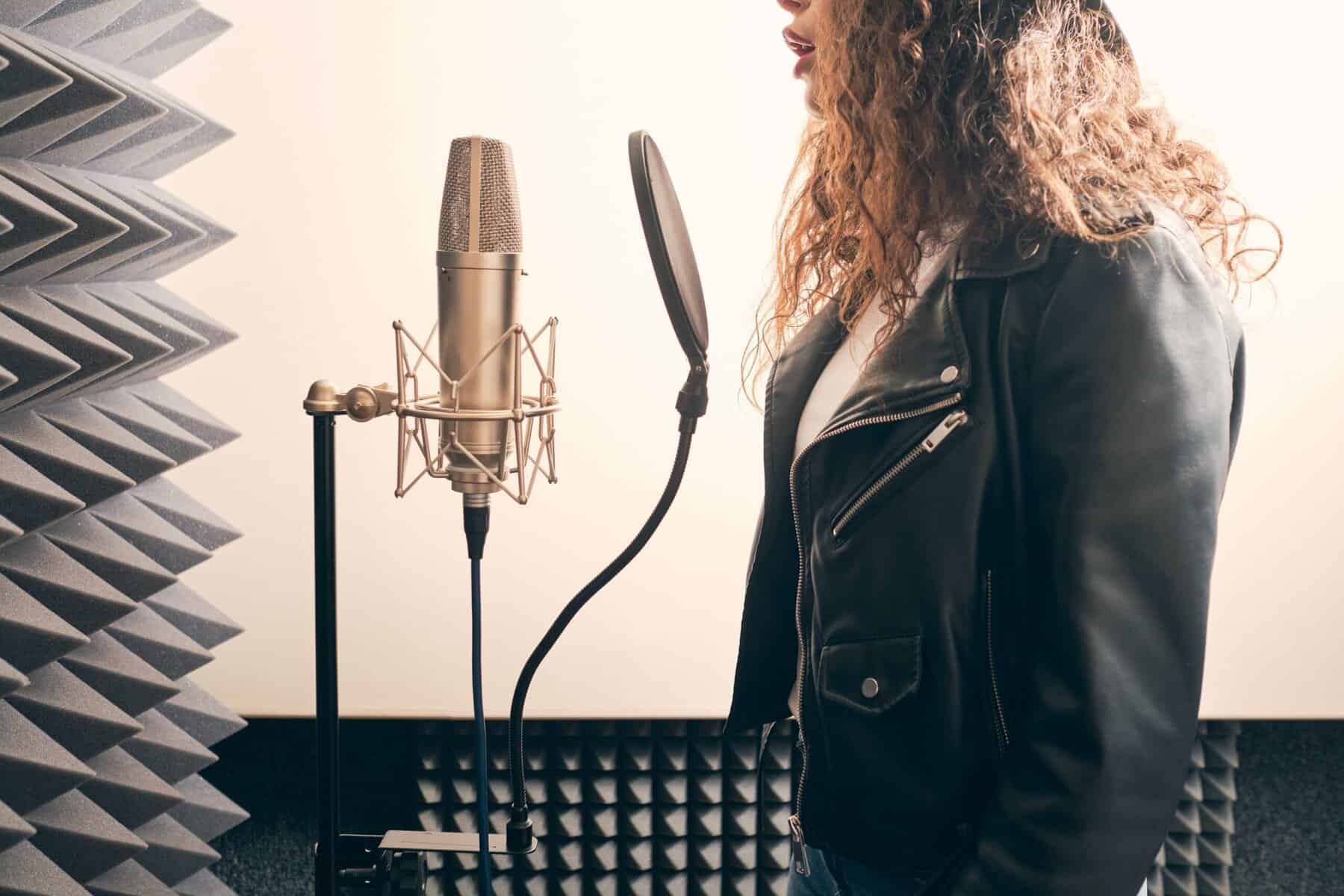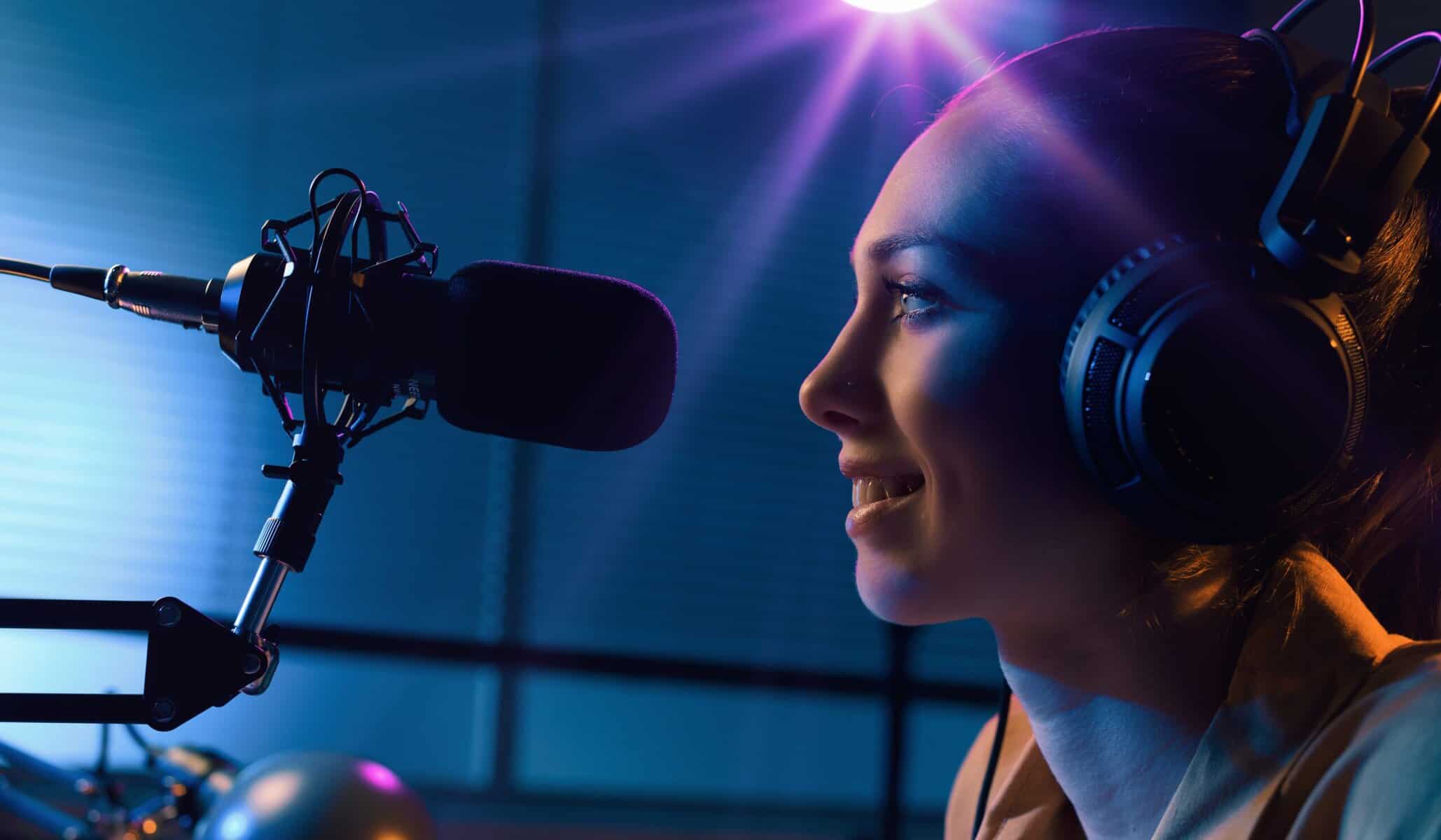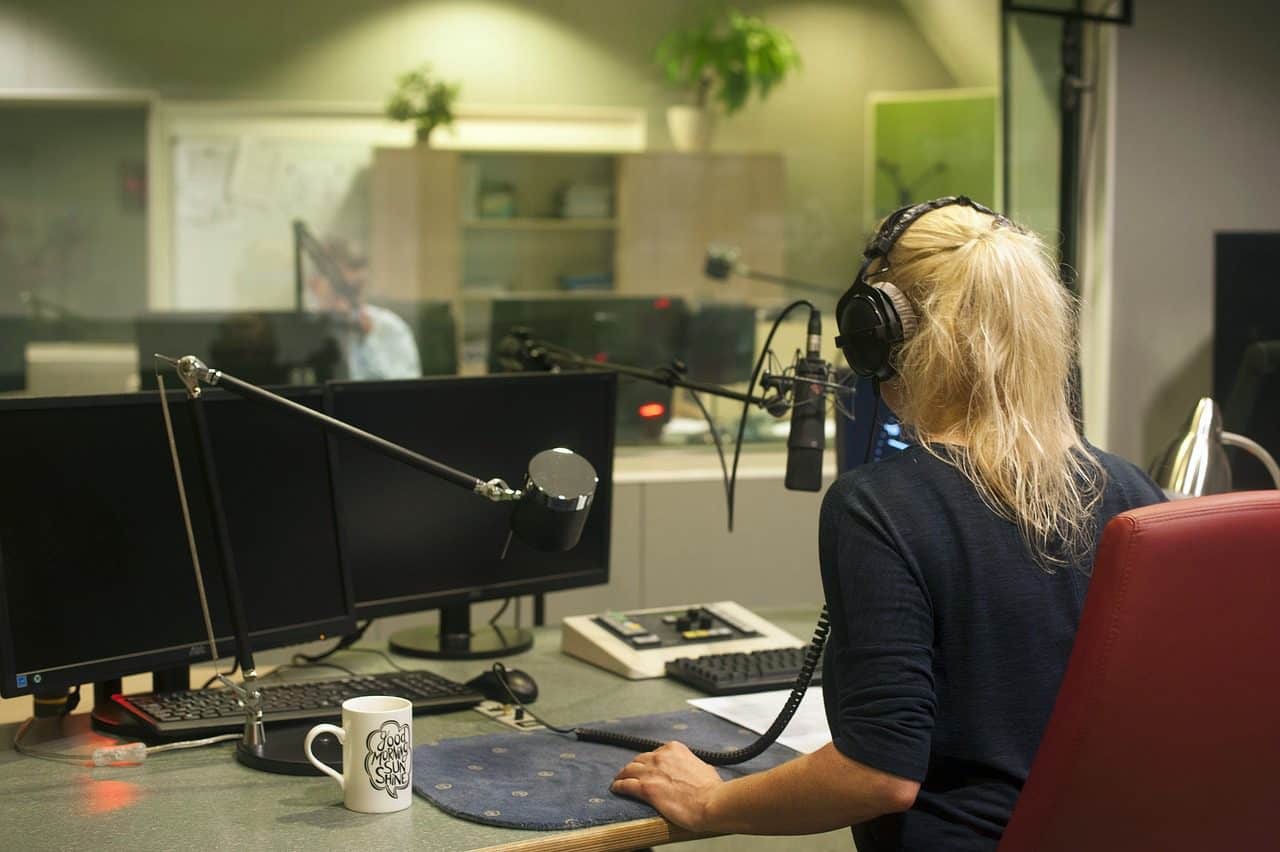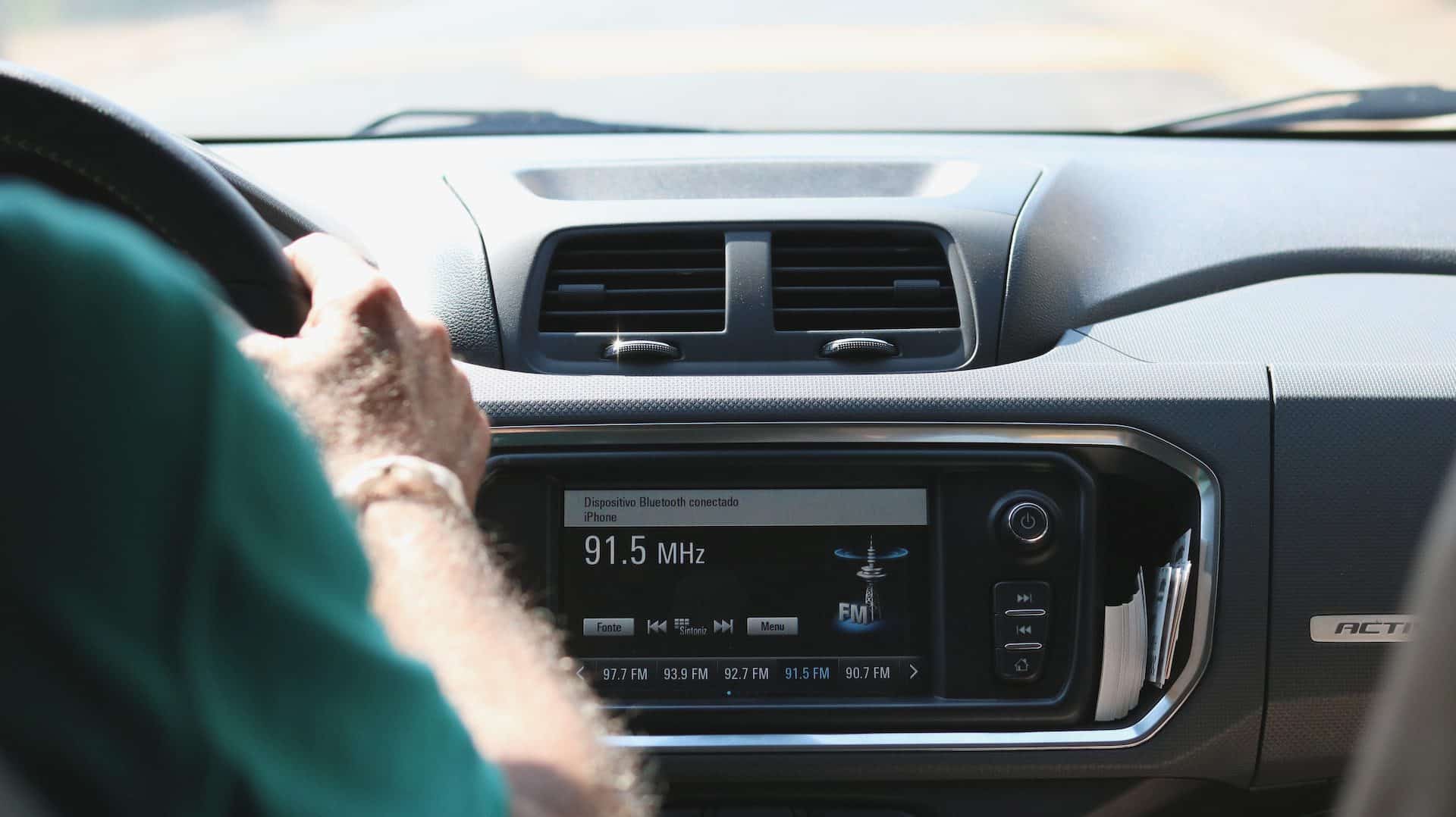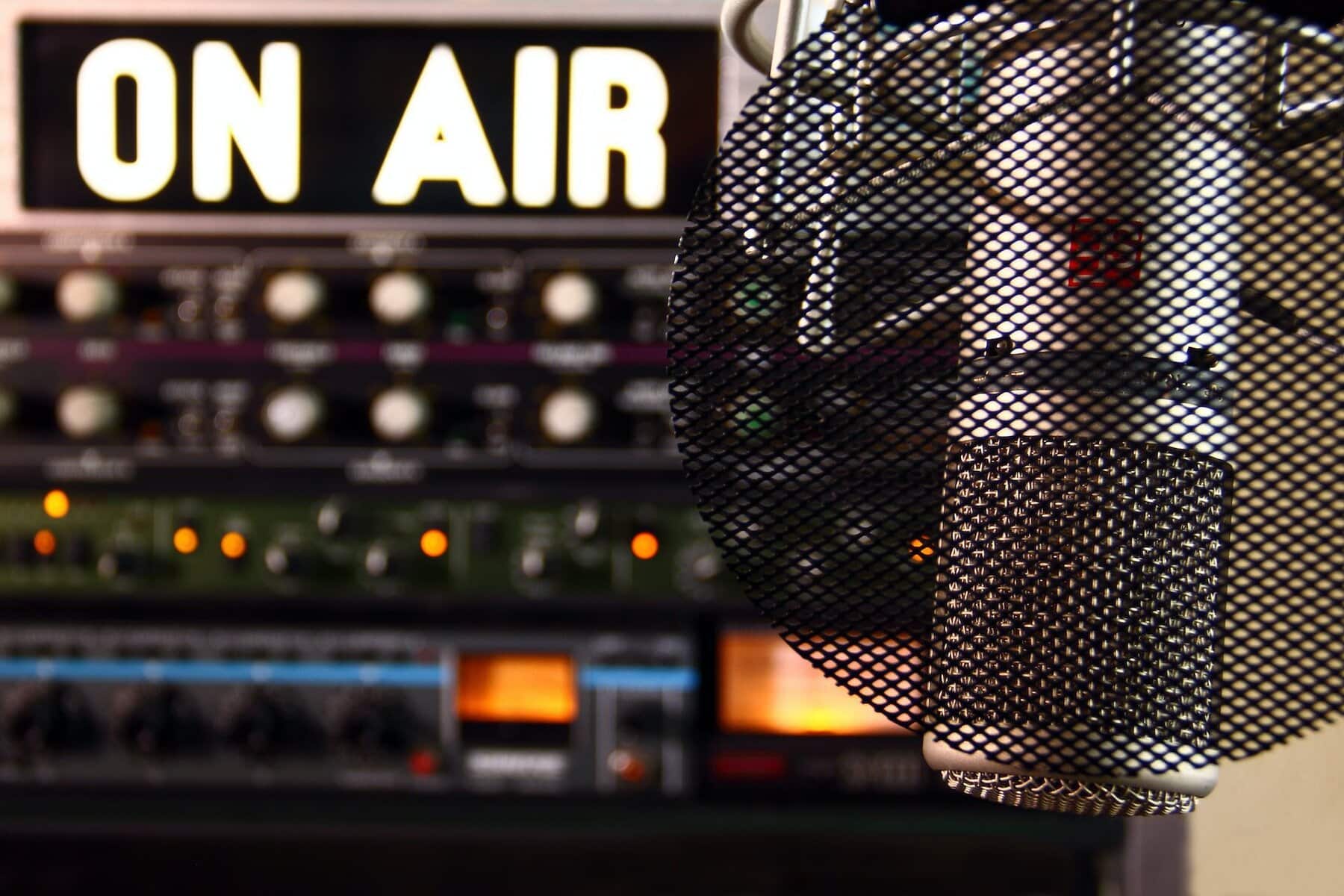Celebrity endorsements can have a significant impact on marketing campaigns, adding star power that captures consumer attention, elevates brand perception, and increases credibility. While celebrity endorsements are often associated with TV and print advertising, integrating well-known personalities into radio commercial production can similarly produce remarkable results and elevate your marketing strategy. With decades of experience in the advertising industry and expertise in radio production, KillerSpots Inc. has the knowledge and skills needed to create radio commercials featuring celebrity endorsements that resonate with your target audience and drive results.
In this blog post, we’ll delve into the benefits of leveraging celebrity endorsements in radio commercials and examine effective strategies for collaborating with famous individuals to strengthen your marketing campaigns. By understanding the potential impact of celebrity endorsements in radio commercial production and employing effective strategies for incorporating these recognizable voices, you can create powerful advertisements that dazzle your audience and bolster your marketing success.
1. The Impact of Celebrity Endorsements in Radio Advertising
Incorporating celebrity endorsements into your radio commercials can significantly enhance your marketing campaign in several ways:
– Increased Consumer Engagement: A recognizable celebrity voice can grab listeners’ attention, encouraging them to tune in to your message and spark curiosity about your brand and offerings.
– Heightened Brand Credibility: When a respected celebrity endorses your product or service, it often builds trust and credibility in the eyes of your target audience. This can result in increased brand loyalty and, ultimately, higher sales.
– Amplified Brand Visibility: Celebrity endorsements can shine a spotlight on your brand, inviting media attention and generating word-of-mouth buzz that can elevate your brand’s visibility.
2. Selecting the Perfect Celebrity for Your Campaign
To capitalize on the impact of a celebrity endorsement, it’s essential to select the right spokesperson for your radio commercial. Consider the following steps when making your choice:
– Assess Your Target Audience: Understanding your target audience’s preferences, demographics, and interests can help you identify a celebrity who will resonate with them, enhancing the endorsement’s effectiveness.
– Evaluate Brand Compatibility: Choose a celebrity who aligns with your brand’s values, messaging, and overall identity. This ensures a harmonious partnership that strengthens your brand’s image and message.
– Consider Budget Constraints: Celebrity endorsements can be expensive, so it’s important to weigh the potential return on investment against your budget constraints. Opt for a celebrity within your financial means to maintain a cost-effective marketing campaign.
3. Strategies for Maximizing the Effectiveness of Celebrity Endorsements
To fully harness the power of celebrity endorsements within your radio commercials, consider applying the following strategies:
– Negotiate Partnerships Wisely: Collaborate closely with your selected celebrity to develop a mutually beneficial partnership. This may include contract negotiations that protect both parties’ interests and establish clear expectations.
– Craft a Captivating Narrative: Develop a compelling story that showcases the celebrity’s genuine connection to your brand while delivering your core marketing message. This narrative should engage listeners and invite them to explore your offerings.
– Incorporate Signature Catchphrases: Including the celebrity’s well-known catchphrases or mannerisms can further enhance your radio commercial’s memorability and strengthen the association between the celebrity and your brand.
4. Case Studies: Radio Commercials Featuring Celebrity Endorsements
The following real-life examples illustrate the impact of celebrity endorsements within radio commercials:
– Legendary Rockstar Meets Automotive Brand: An iconic rockstar’s recognizable voice featured prominently in a series of radio commercials for a major automotive brand, driving consumer excitement with his unique vocal style and declaring his love for the brand’s vehicles.
– Television Host Promotes Technology Innovator: Known for her signature catchphrase, a prominent TV host teamed up with a leading technology company to deliver playful and engaging radio commercials that showcased the brand’s innovative products and services.
– Sports Star Scores Big with Insurance Company: A well-known sports figure’s endearing personality and trusted public image made him the ideal spokesperson for a national insurance company’s radio campaign, providing listeners with relatable anecdotes and emphasizing the brand’s commitment to customer service.
Conclusion
Incorporating celebrity endorsements into your radio commercial production can significantly elevate your marketing campaigns, generating increased consumer engagement, heightened brand credibility, and amplified brand visibility. By carefully selecting the right celebrity and employing strategic techniques for developing captivating narratives and seamless partnerships, you can create powerful advertisements that captivate your listeners and bolster your marketing success.
With KillerSpots Inc. by your side, harness the full potential of celebrity endorsements in radio ad production, creating attention-grabbing commercials that captivate your target audience, enhance your brand’s image, and drive results. Contact us to collaborate with our team of experts and elevate your marketing campaigns with impactful celebrity endorsements.

